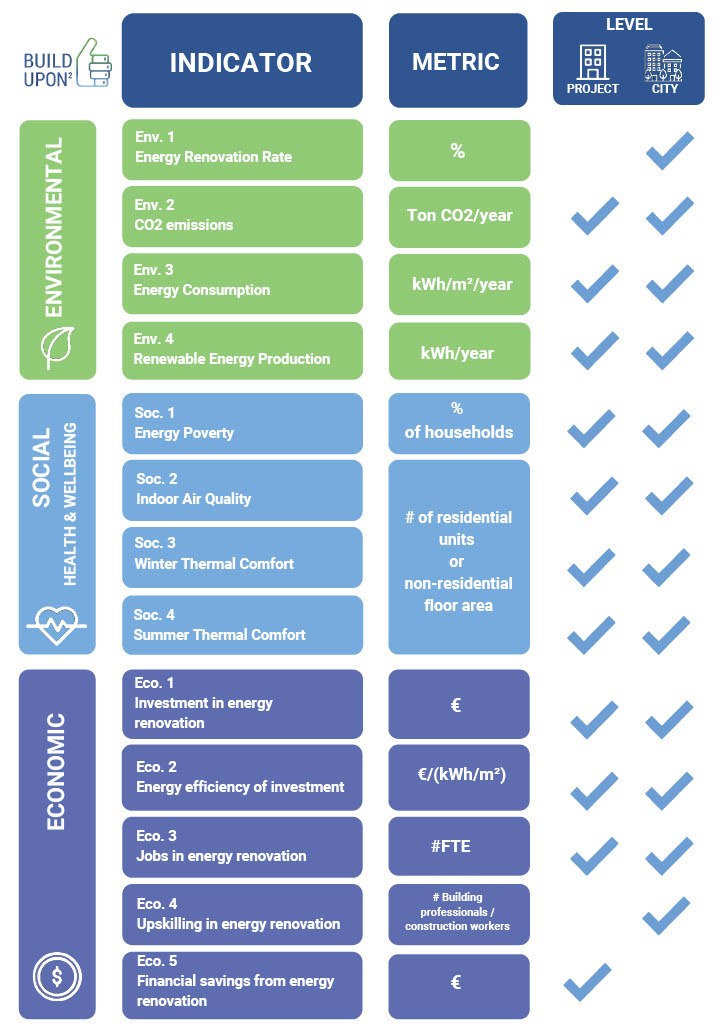Greening the Grid: Innovative Sustainable Practices in the Energy Industry
- Edrian Blasquino
- February 23, 2024
Greening the Grid: Innovative Sustainable Practices in the Energy Industry
By Edrian Blasquino
As the global demand for energy continues to rise, traditional methods of energy production are proving to be unsustainable and detrimental to the planet. With environmental concerns looming large and the depletion of traditional energy sources, the energy industry needs to transition towards greener alternatives.
In this article, we will delve into how the industry is greening the grid and highlight the innovative sustainable practices revolutionizing the energy sector.

Importance of Sustainable Practices in the Energy Industry
- Decreasing Environmental Impact: Traditional energy methods like fossil fuels cause pollution and greenhouse gas emissions. Sustainable practices reduce environmental harm, leading to cleaner air, water, and a healthier planet.
- Promoting Renewable Energy Sources: Sustainable practices prioritize solar, wind, and hydroelectric power. Shifting towards clean energy reduces reliance on finite resources and combats climate change.
- Enhancing Energy Security: Sustainable energy reduces dependency on imported fossil fuels, enhancing energy security and stability.
- Stimulating Economic Growth: Investments in renewable energy create jobs and drive economic growth in communities.
- Fostering Innovation: The transition to sustainable energy spurs technological advancement and fosters innovation across sectors.
- Addressing Social Equity: Sustainable energy ensures access to clean and affordable energy for all communities, promoting social equity.
- Mitigating Climate Change: Sustainable energy reduces emissions, mitigating the impacts of climate change and safeguarding the planet.
- Supporting Global Development Goals: Sustainable energy aligns with global development goals, contributing to a more equitable and sustainable future for all.
Challenges in Implementing Sustainable Practices
- Cost Considerations: The initial costs of sustainable energy implementation pose financial barriers for businesses.
- Technological Limitations: Integrating renewable energy sources into existing grids faces technical challenges like intermittency and grid instability.
- Regulatory Hurdles: Complex regulatory frameworks and policies hinder the adoption of sustainable practices.
- Public Perception: Variability in public acceptance of renewable energy projects leads to community opposition.
- Infrastructure Constraints: Existing infrastructure may not support renewable energy integration, requiring upgrades.
- Investment Risks: Uncertainties in technology, finance, and markets pose risks to sustainable energy investments.
Innovative Solutions in Greening the Grid
Advancements in greening the grid not only promote renewable energy integration but also enhance the overall resilience and efficiency of the energy industry. Here are some of them:
Smart Grid Technology
Smart grids utilize digital communication and control systems to optimize the efficiency and reliability of energy distribution. By enabling real-time monitoring and management, smart grids facilitate the integration of renewable energy sources while enhancing overall grid resilience.
Energy Storage Advancements
Effective energy storage solutions play a crucial role in balancing supply and demand in renewable energy systems. Advancements in battery technology and grid-scale storage enable better utilization of intermittent energy sources and enhance grid flexibility.
Grid Modernization Initiatives
Grid modernization involves upgrading aging infrastructure to accommodate the growing demand for clean energy. Investments in grid resilience, automation, and decentralized energy systems contribute to a more efficient and sustainable grid ecosystem.
Microgrid Implementation
Microgrids are localized energy systems that can operate independently or in conjunction with the main grid. By incorporating renewable energy sources and energy storage, microgrids enhance energy reliability, resiliency, and efficiency, particularly in remote or off-grid areas.
Demand Response Programs
Demand response programs incentivize consumers to adjust their electricity usage in response to supply conditions or price signals. By shifting consumption away from peak periods, these programs reduce strain on the grid and promote efficient use of renewable energy resources.
Distributed Generation
Distributed generation involves generating electricity from smaller-scale renewable energy sources located closer to the point of consumption. By reducing transmission losses and enhancing grid reliability, distributed generation complements centralized power generation and promotes energy independence.

Data Security in Sustainable Energy Practices
In an increasingly digitized energy landscape, ensuring the security of data and infrastructure is paramount. Cyber threats pose significant risks to energy systems, including potential disruptions and unauthorized access to critical infrastructure.
Security Best Practices in the Energy Sector
Implementing data security is the best way to counter this. Energy companies can consider the following:
1. Encryption Methods
Encrypting sensitive data helps prevent unauthorized access and protects against cyber threats. Utilizing robust encryption algorithms and protocols ensures the confidentiality and integrity of critical information.
2. Access Control Measures
Implementing access control mechanisms limits the exposure of sensitive data and restricts unauthorized users from accessing critical systems. Role-based access controls and multi-factor authentication enhance security and accountability.
3. Regular Security Audits
Conducting regular security audits and assessments helps identify vulnerabilities and weaknesses in energy systems. By proactively addressing security gaps, organizations can mitigate risks and strengthen their defense against cyber threats.
Benefits of Integrating Data Security with Green Practices
Protection Against Cyber Threats
Integrating data security measures with sustainable practices enhances the resilience of energy systems against cyber threats. By safeguarding critical infrastructure and sensitive information, organizations can maintain operational continuity and minimize the risk of disruptions.
Safeguarding Critical Infrastructure
Data security measures not only protect against cyber threats but also safeguard critical infrastructure from physical and digital attacks. By adopting a holistic approach to security, organizations can ensure the reliability and resilience of energy systems.
Conclusion
Greening the grid requires a multifaceted approach that encompasses both innovative sustainable practices and robust data security measures. By leveraging technology, embracing renewable energy sources, and prioritizing cybersecurity, the energy industry can pave the way toward a cleaner, greener, and more resilient future for generations to come.









Be Part of English History: Calling Architects, Landscape Architects, Engineers, Constructors
7 months ago[…] engineer, or constructor involved in work that is making a difference? Do your projects use sustainable materials and methods? Does your work seek to […]
Green Building Bolivia ♥ A Short Guide
6 months ago[…] as a leader in implementing green building practices, which focus on environmentally friendly and sustainable construction methods. With […]